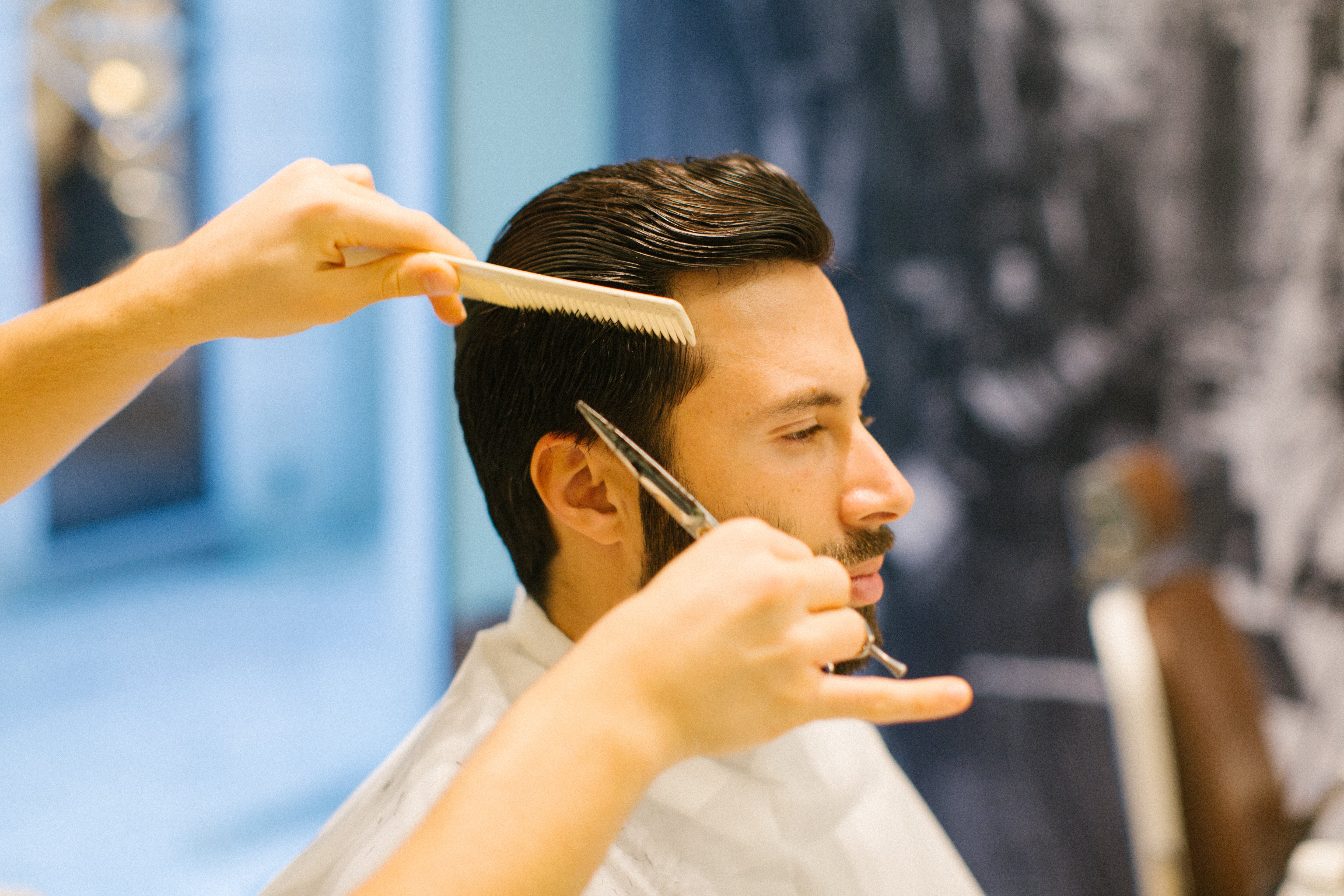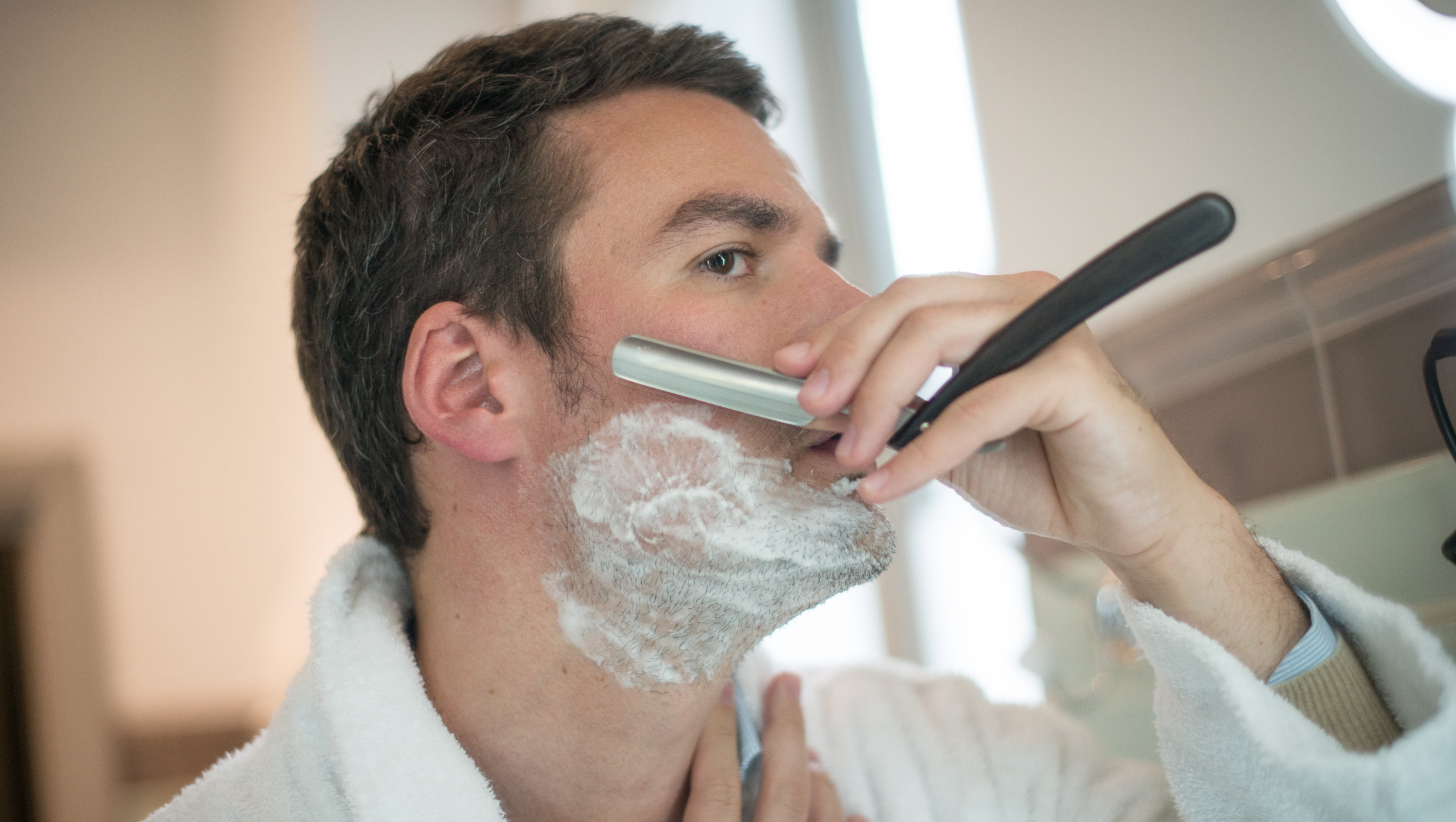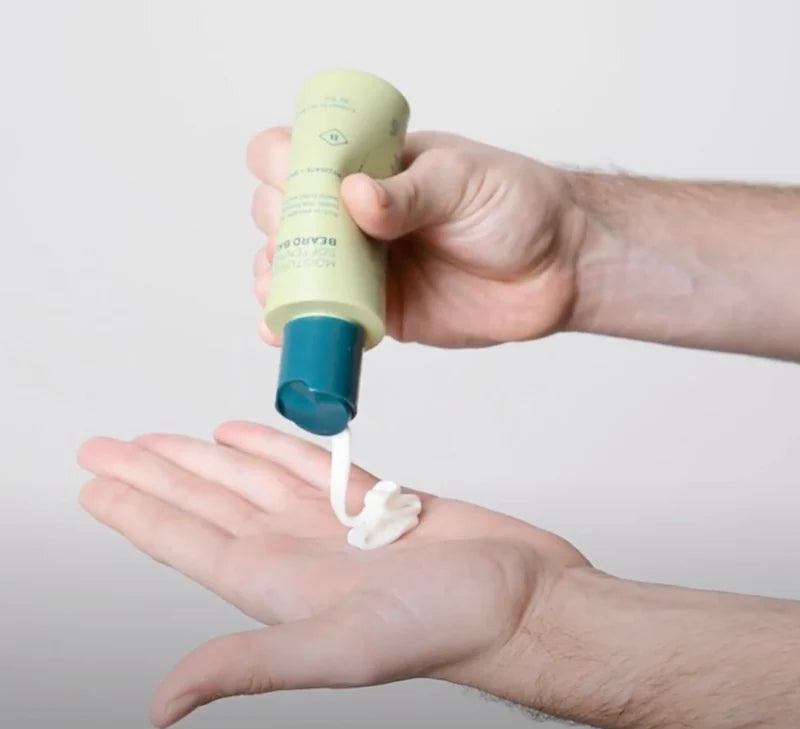
PATCHY BEARD: CAUSES, TIPS, AND REMEDIES
HERE’S A SECRET: HAVING A PATCHY OR UNEVEN BEARD IS MORE COMMON THAN YOU THINK!
Growing a full and even beard often requires a lot of care and attention. However, it can sometimes be challenging due to areas where facial hair appears sparser or is entirely absent. Many men have spots on their face where hair grows thinner or lacks hair follicles, particularly on the cheeks, chin, or around the mouth.
Why Doesn’t My Beard Grow?
The most common cause of a patchy beard is genetics, over which, unfortunately, we have no control. The genes inherited from your parents are usually the primary factor—just take a look at the beards in your family! Hormonal imbalances can also play a role, making beard growth more challenging.
For those looking to improve the appearance of a patchy beard, there are various strategies and styles that can help. However, it's important to understand that there’s no one-size-fits-all solution. Several approaches can address the issue, allowing you to choose the one that best suits your needs and preferences.
A frequent question among those with a patchy beard is how to address the issue and what causes it. Many people are curious about why their beard doesn’t grow evenly and what options they have to encourage fuller and more uniform growth.
How to Trim Your Beard for Optimal Growth
If you want a thick and robust beard, proper trimming techniques are essential. Keeping a consistent length during the growth process is key. Regularly trimming the ends helps prevent split ends, which can hinder overall beard health. Investing in high-quality tools ensures precise and even trimming, promoting uniform growth.
Good trimming techniques not only support growth but also improve the overall health of your beard by removing dead hair and stimulating hair follicles. Additionally, adopting a comprehensive beard care routine—including hydration, exfoliation, and the use of specific oils or balms—can encourage strong and healthy facial hair growth.
A well-maintained and healthy beard is ultimately the result of consistent and attentive care.
The 3-Day Beard
This style involves letting your beard grow for three days, then trimming it evenly and shaping it by shaving the areas above the cheeks and behind the jawline. It requires minimal patience during the growth phase but demands meticulous daily care.
Patchy Beard: Common Causes
The growing interest in this topic is evident from the numerous online searches about the reasons behind uneven beard growth. Therefore, understanding the different variables that contribute to this condition is essential.
- Genetics: As mentioned earlier, genetics play a significant role. Some people inherit a predisposition for sparse facial hair or areas without beard growth.
- Hormonal Imbalances: Hormone levels, particularly testosterone, can significantly affect beard growth.
- Lifestyle Factors: Stress, poor nutrition, and unhealthy habits can also impact beard growth.
- Skin Health: Dermatological issues may affect hair growth and distribution.
Understanding these causes is the first step in effectively addressing patchy beards and adopting targeted strategies to improve beard density and uniformity.
Remedies for a Patchy Beard
Here are some practical steps to tackle a patchy beard and even embrace it with style:
#1 LET YOUR BEARD GROW
Start by letting your beard grow out for an extended period (at least a month). This will help you determine where your beard is truly sparse. Often, we tend to shave at the first sign of patchiness, but some areas may grow slower than others.
Once your beard reaches its maximum potential, you’ll likely notice that the longer hairs can cover up sparser areas.
#2 A HEALTHY BEARD STARTS WITH A HEALTHY LIFESTYLE
While genetics are beyond your control, hormone levels—particularly testosterone—can be influenced. Higher testosterone levels are often associated with more facial hair.
Maintain a balanced diet rich in vitamins A, B, C, and E, which support hair growth. Regular exercise, adequate sleep, and a healthy lifestyle can stimulate testosterone production, contributing to fuller beard growth.
#3 THE IMPORTANCE OF A BEARD BRUSH
A beard brush is an essential tool for all beard types. It creates a fuller appearance, distributes natural oils throughout the beard, and adds shine. Brushing also exfoliates the skin, removing dead skin cells and promoting hair growth. Use a beard brush at least twice daily—once in the morning and once in the evening.
Best Styles for a Patchy Beard
THE NECKBEARD
This clean and defined style focuses on the jawline and chin, making it perfect for those with irregular beard growth. Celebrities like Lewis Hamilton and 50 Cent have embraced this look.

THE GOATEE
If your beard grows thicker on the chin and mustache area, the goatee might be the perfect style for you. It comes in various forms—you can divide the mustache with a line or connect it to the rest of the beard. Let it grow to at least 10 mm before refining the style.

THE 3-DAY BEARD
Grow your beard for three days, then trim it to a uniform length and shape it by shaving the cheeks and jawline. This style is low-maintenance during the growth phase but requires daily care for a polished look.

Embrace your beard and experiment with different styles to make the most of what you have!



